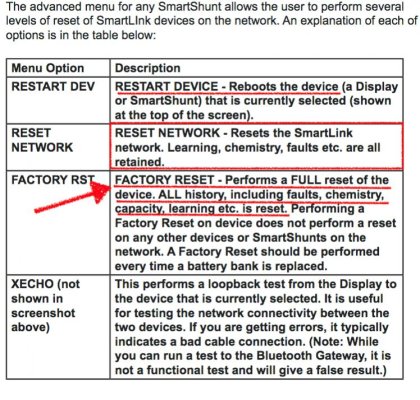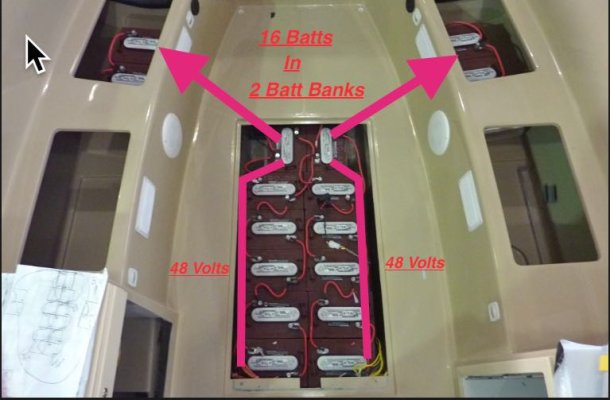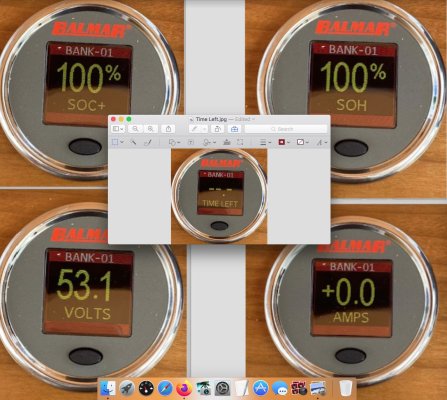Codger2
Guru
- Joined
- Oct 11, 2007
- Messages
- 6,691
- Location
- US
- Vessel Name
- Circuit Breaker
- Vessel Make
- 2021..22' Duffy Cuddy cabin
Having had an SG200 recently installed and having read the instructions (excellent!) 5 or 6 times, I, too, am frustrated over how long it takes to discharge my 16-6 volt golf cart bank down to 37% SOC. In the process of investigating all facets of the gauge, I inadvertently screwed up my "time to go" display. So, I selected the "factory reset" function (mistake) instead of the "network reset"! I am now starting over the process of obtaining SOH information. What confuses me, however, is that the instructions only refer to the drastic discharging process as a "short cut" to attaining SOH values. Am I to assume if I do nothing other than continuing to recharge to full after each outing the SOH value will eventually appear?I also have issues with my SG200. Part of the issue seems to be that the SG200 is not all that happy with smaller battery banks........
So I don't really trust the SG200 to give me an accurate SOC.
So far the only reason I don't take it out completely is that the display is SOOOO much easier to read (It sure is!)than the on the Victron 602 .

Attachments
Last edited:



 The photos below were taken with shore power on & everything else off. With the exception of "having to wait for the SOH to appear", I really love the easy to read & intuitiveness of this monitor.
The photos below were taken with shore power on & everything else off. With the exception of "having to wait for the SOH to appear", I really love the easy to read & intuitiveness of this monitor.
